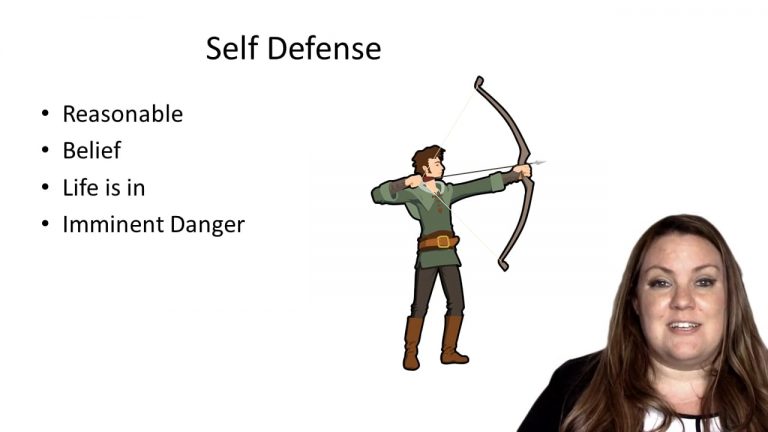SmartBrief
Confirm favorite deletion?
Criminal Law Keyed to Gershowitz
State v. Hall
Citation:
214 N.W.2d 205.Facts
The defendant picked up a hitchhiker, Gilford Eugene Meacham, in Oregon and killed him. A few days later, the defendant turned himself in and voluntarily disclosed that he shot Meacham. The State argued that the homicide was a cold-blooded murder by defendant in the course of robbing Meacham. According to the State, after defendant had passed Des Moines, Iowa, he shot Meacham in the head, robbed him of $208, and dumped his body on the side of the road.
The defendant’s version of events differed. He testified that casual acquaintances in California gave him a pill and told him it was a “little sunshine” and would make him feel “groovy.” He met Meacham in Oregon and they made an arrangement to travel east. Meacham had a pistol. Defendant drove all the way to Iowa without rest and was exhausted. He testified he took the pill at Des Moines, it made him feel funny, and the road turned different colors and pulsated. Meacham was sleeping on the passenger side. Defendant testified he heard strange noises from Meacham’s throat, like growling. Meacham’s face grew and his nose got long, and his head turned into a dog like the one defendant’s stepfather had shot. Defendant testified he got scared, picked up Meacham’s gun, and shot him three times. Defendant stated he did not remember much that happened for awhile. He testified he had periods thinking Meacham was human and periods thinking Meacham was a dog. He drove back to the highway and traveled awhile, then turned off on a sideroad and removed Meacham’s body from the car.
Defendant testified further that he continued to drive but then returned to see if Meacham was alive. He kicked something in the road, saw it was Meacham’s billfold, and took it. He also threw away the gun.
The defendant was charged with murder. Defendant requested an instruction on insanity as a complete defense, tailored to include temporary insanity induced by drugs. The trial court refused it, and he was convicted.
Only StudyBuddy Pro offers the complete Case Brief Anatomy*
Access the most important case brief elements for optimal case understanding.
*Case Brief Anatomy includes: Brief Prologue, Complete Case Brief, Brief Epilogue
- The Brief Prologue provides necessary case brief introductory information and includes:
Topic:
Identifies the topic of law and where this case fits within your course outline.Parties:
Identifies the cast of characters involved in the case.Procedural Posture & History:
Shares the case history with how lower courts have ruled on the matter.Case Key Terms, Acts, Doctrines, etc.:
A case specific Legal Term Dictionary.Case Doctrines, Acts, Statutes, Amendments and Treatises:
Identifies and Defines Legal Authority used in this case.
- The Case Brief is the complete case summarized and authored in the traditional Law School I.R.A.C. format. The Pro case brief includes:
Brief Facts:
A Synopsis of the Facts of the case.Rule of Law:
Identifies the Legal Principle the Court used in deciding the case.Facts:
What are the factual circumstances that gave rise to the civil or criminal case? What is the relationship of the Parties that are involved in the case.Issue(s):
Lists the Questions of Law that are raised by the Facts of the case.Holding:
Shares the Court's answer to the legal questions raised in the issue.Concurring / Dissenting Opinions:
Includes valuable concurring or dissenting opinions and their key points.Reasoning and Analysis:
Identifies the chain of argument(s) which led the judges to rule as they did.
- The Brief Prologue closes the case brief with important forward-looking discussion and includes:
Policy:
Identifies the Policy if any that has been established by the case.Court Direction:
Shares where the Court went from here for this case.
Topic Resources
Topic Outline
Topic Refresher Course
Topic Charts & Notes

 9m 57s
9m 57s